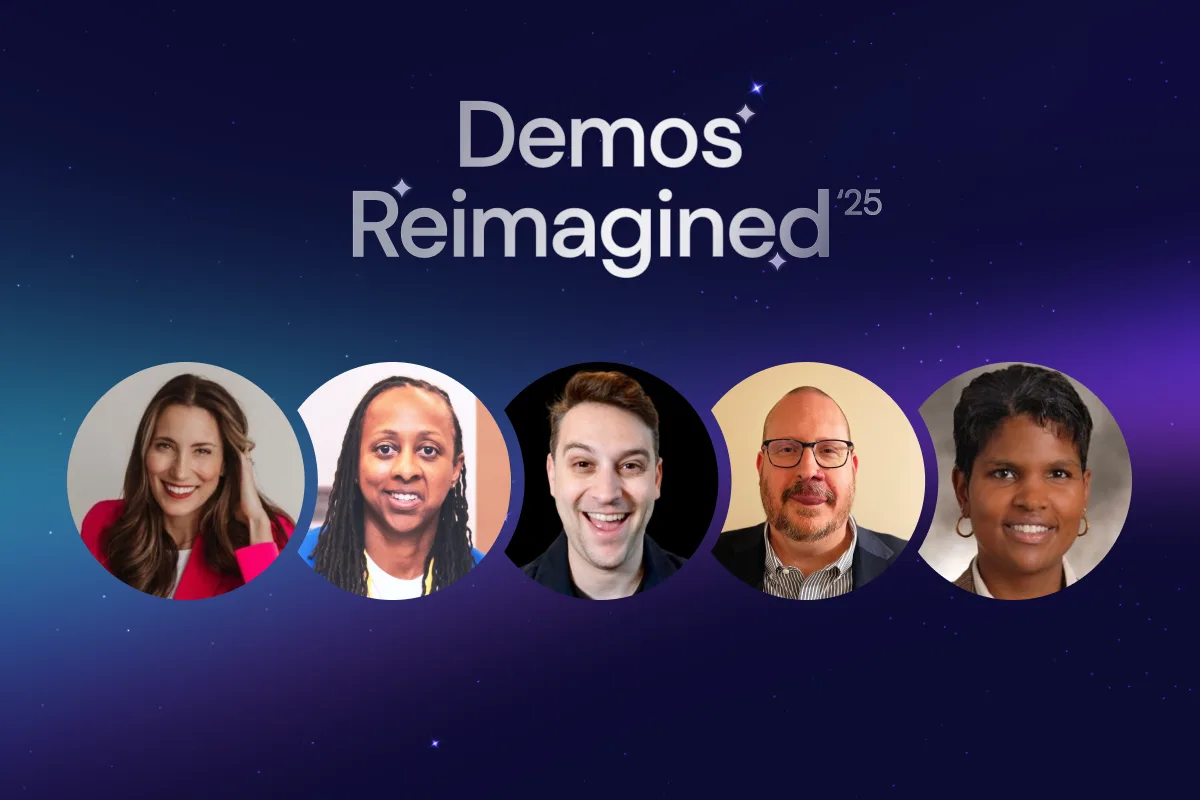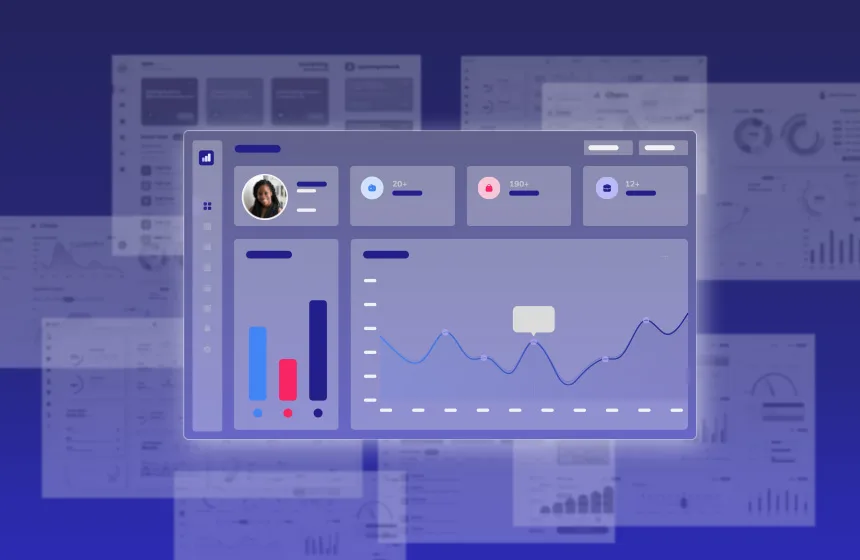Accelerate deals and increase win rates with the leading enterprise AI demo platform.
Empathy at Scale: Connecting with Prospects in the Digital Age

October 22, 2025
Table of Contents
Empathy isn’t just a “soft skill” or the goal of team-building exercises any more. It’s a competitive differentiator that directly impacts revenue.
At Demos Reimagined ’25, we gathered revenue leaders who are putting empathy at the center of their go-to-market strategy. Moderated by Allison Macalik (Director of Solutions at Ontic), our panel featured Vinaya Springer (Senior Sales Engineer Manager at Cisco), Nathan Cowan (Founder and Principal Consultant at Talmar Consulting), Daniel Kish (VP of Product Marketing), and Yana Gutierrez (Head of Platforms, Customer Success at Stripe). Read on for some of the most important takeaways from their session.
The Human Connection That Opens Doors
The best revenue professionals establish human connection before diving into business. Here are a few approaches that work:
Actually mean it when you ask “How are you doing?”. People show up to calls carrying all sorts of baggage from the day: both in their job and from real life. Acknowledging that reality makes a difference and creates space for authentic connections.
Set transparent ground rules early. Within the first 30 seconds, tell them you’re going to be transparent, then demonstrate it with a candid statement. This creates trust faster than any credentials slide.
Show that you’ve been listening. State what you understand about their needs and check whether that still holds true. Frame it in such a way that it shows you’re eager to get it right, and you’re confident you can solve their specific problems.
The common thread? Prioritize the human being before the business transaction.
Why Empathy Wins Deals
Deals aren’t won on product and price alone. More and more, they’re won on your ability to match what the product does to what the customer feels they need.
Here’s a powerful example: during a contentious negotiation at Gong, a customer claimed the team had promised something. The CEO verified it using their own call recording platform and sure enough, they had. Rather than deflecting, they took the hit — extra R&D, price concessions, whatever it took to make it right.
That willingness to own mistakes creates the kind of trust that generates real long-term value. When you truly understand the impact to customers personally and to their company, you can position solutions that actually resonate.
Frame of Reference: Meeting Buyers Where They Are
Understand the history, relationships, and context that shape your buyer’s behavior.
Imagine a prospect who has a 10-year relationship with a competitor. That decade of shared experiences (going to football games together, becoming part of each other’s lives) creates loyalty that transcends feature comparisons. The solution isn’t aggressive positioning or undercutting on price. It’s patience and genuinely investing in relationship building.
The lesson: technology decisions are made by humans whose choices are influenced by personal relationships and past experiences that rarely show up in RFPs.
AI as Augmentation, Not Replacement
AI is the elephant in every deal room right now, so let’s address the guardrails teams need to keep in mind.
First, it can be helpful to view AI as augmented intelligence, not artificial intelligence. If you don’t understand how to connect with customers, no large language model will fix that. Garbage in, garbage out. The most effective use of AI is about outcomes and actually improving the customer’s world, not just automating feature lists.
When talking about AI with customers, start with the human side. Ask how they personally use AI in their daily lives. This creates common ground and acknowledges that people view AI differently — some with excitement, others with real apprehension about the pace of change.
Here’s the truth: AI offers starting points, not final answers. Human interpretation is still essential. AI doesn’t understand your customer’s motivations, challenges, or emotions. It can’t generate empathy or communicate with emotional intelligence.
Where AI Falls Short
The uncomfortable reality is that AI will absorb parts of nearly every job. But that only elevates the importance of distinctly human qualities like empathy, authenticity, and judgment.
The key is intentionality. Be clear about where AI adds value and where it doesn’t. Use it to accelerate research, synthesize insights, and automate repetitive work. But when it comes to understanding context, reading emotional cues, and building trust? That’s your job as a human.
Making Empathy Your Competitive Advantage
Buyers are overwhelmed. They’re bombarded with automation and noise while trying to learn new skills as AI reshapes their jobs. Empathy cuts through that chaos.
Trust is eroding. People don’t know what to believe anymore. Working with someone who genuinely understands your perspective creates trust that’s becoming rarer.
Empathy is universal. It costs nothing, but it requires you to actively choose it every day.
The simplest action any team can implement: start every customer interaction by naming the problem from the customer’s point of view, not yours.
Success in building empathy at scale requires:
- Opening interactions with authentic human connection
- Understanding the frame of reference for why buyers act as they do
- Using AI to augment understanding, not replace critical thinking
- Building cultures where customer problems come before product pitches
The organizations that thrive won’t be the ones that automate the most processes. They’ll be the ones that preserve the distinctly human capabilities that technology can’t replicate.
Want to watch the full panel discussion? You can check out the recording of the session here.






